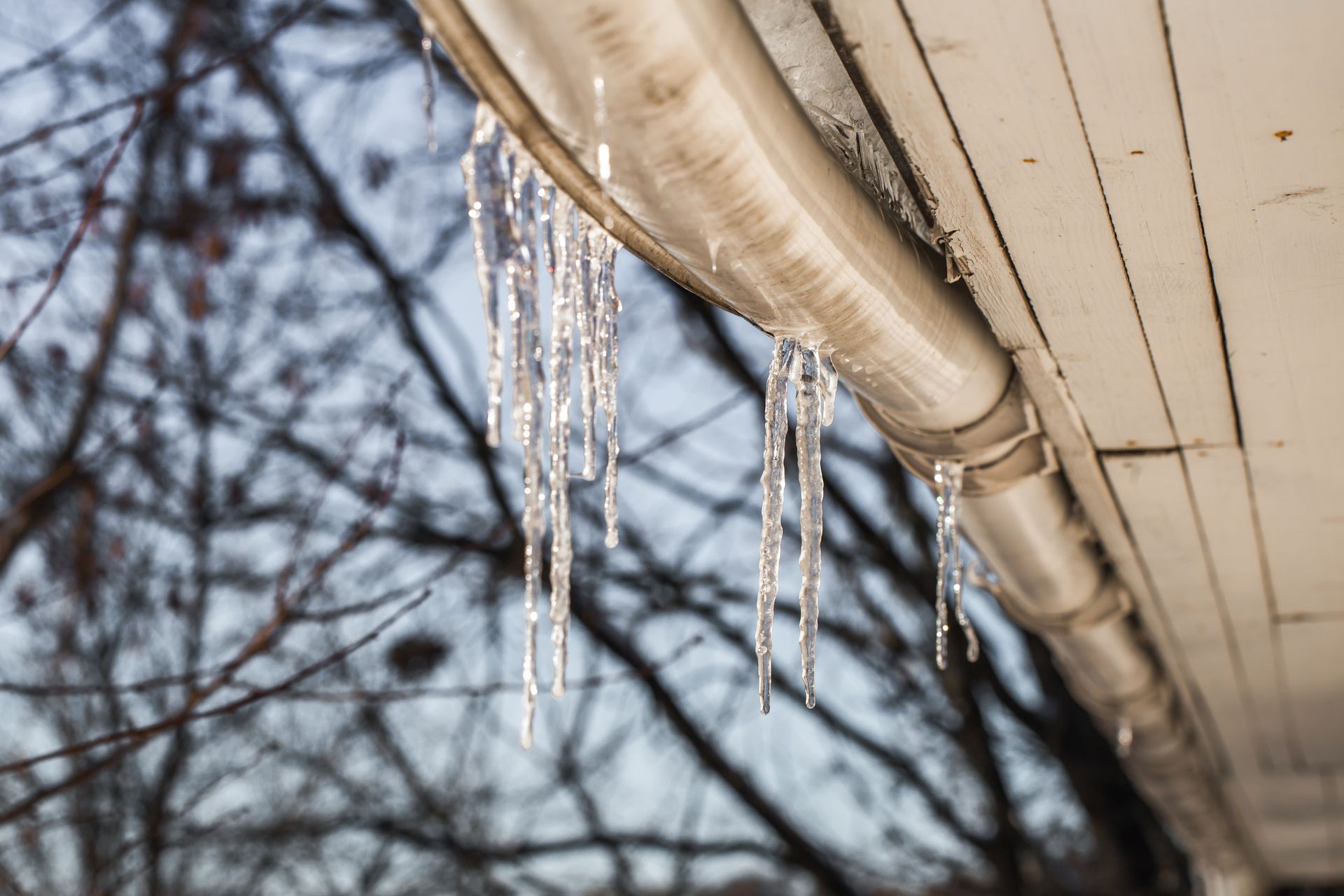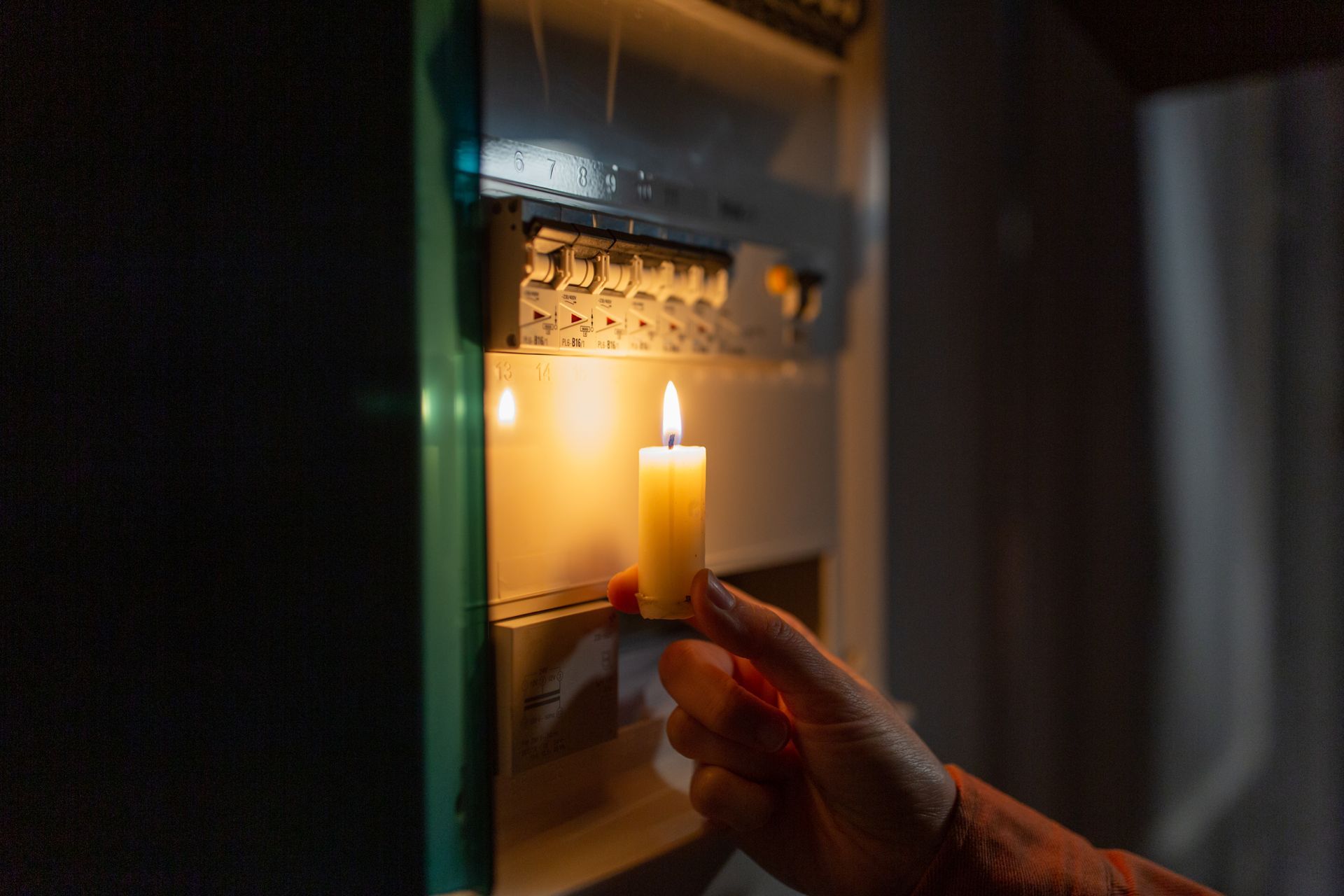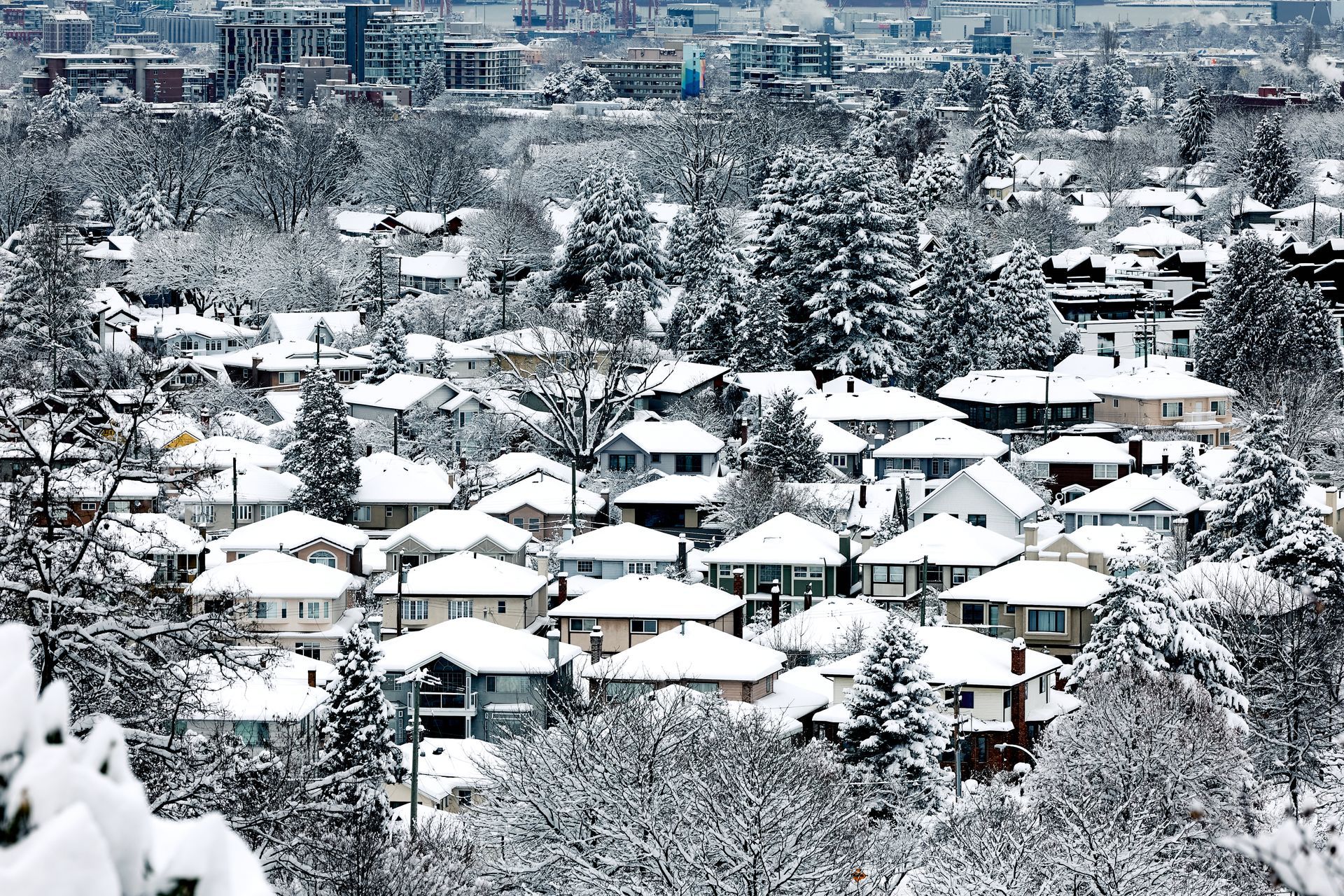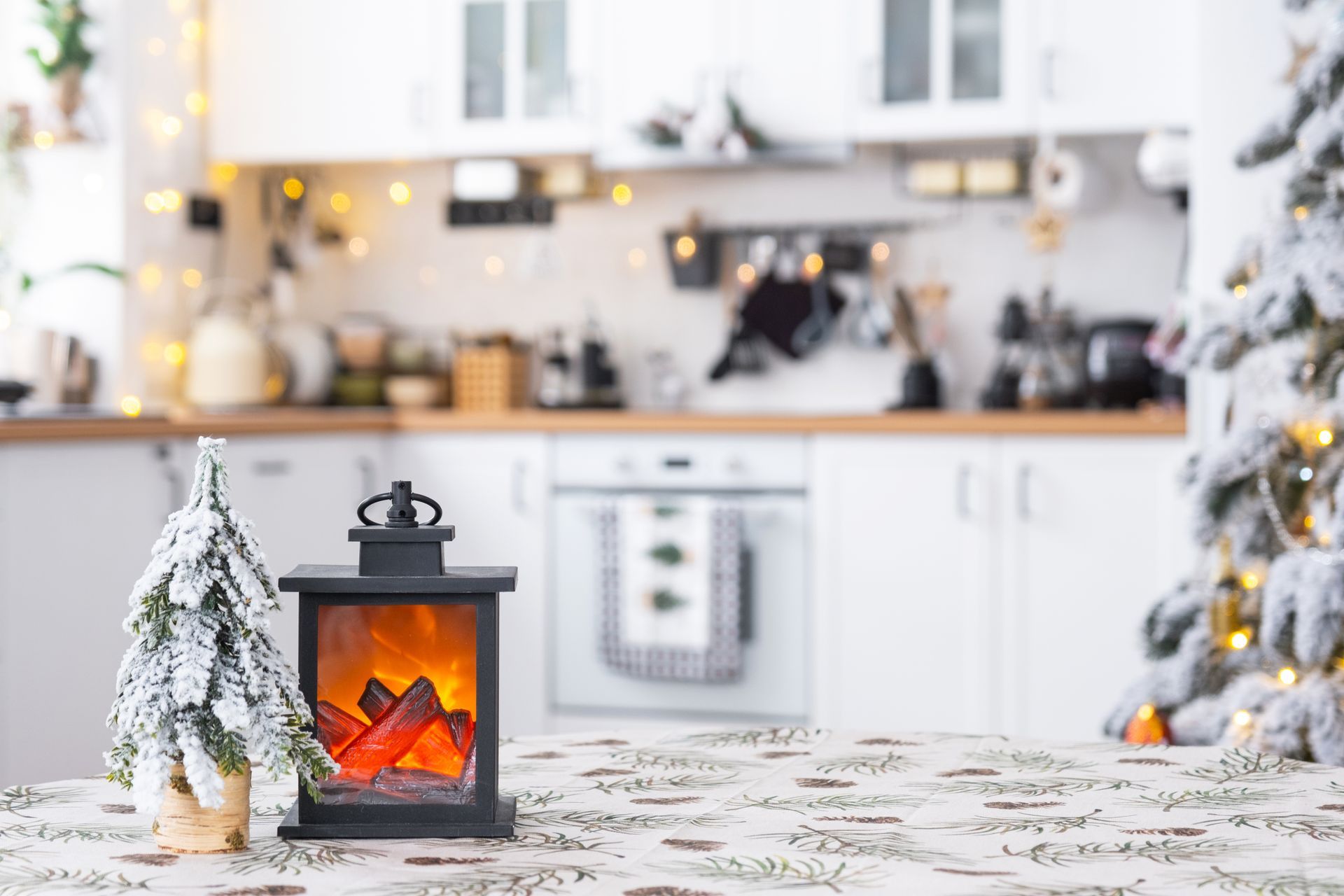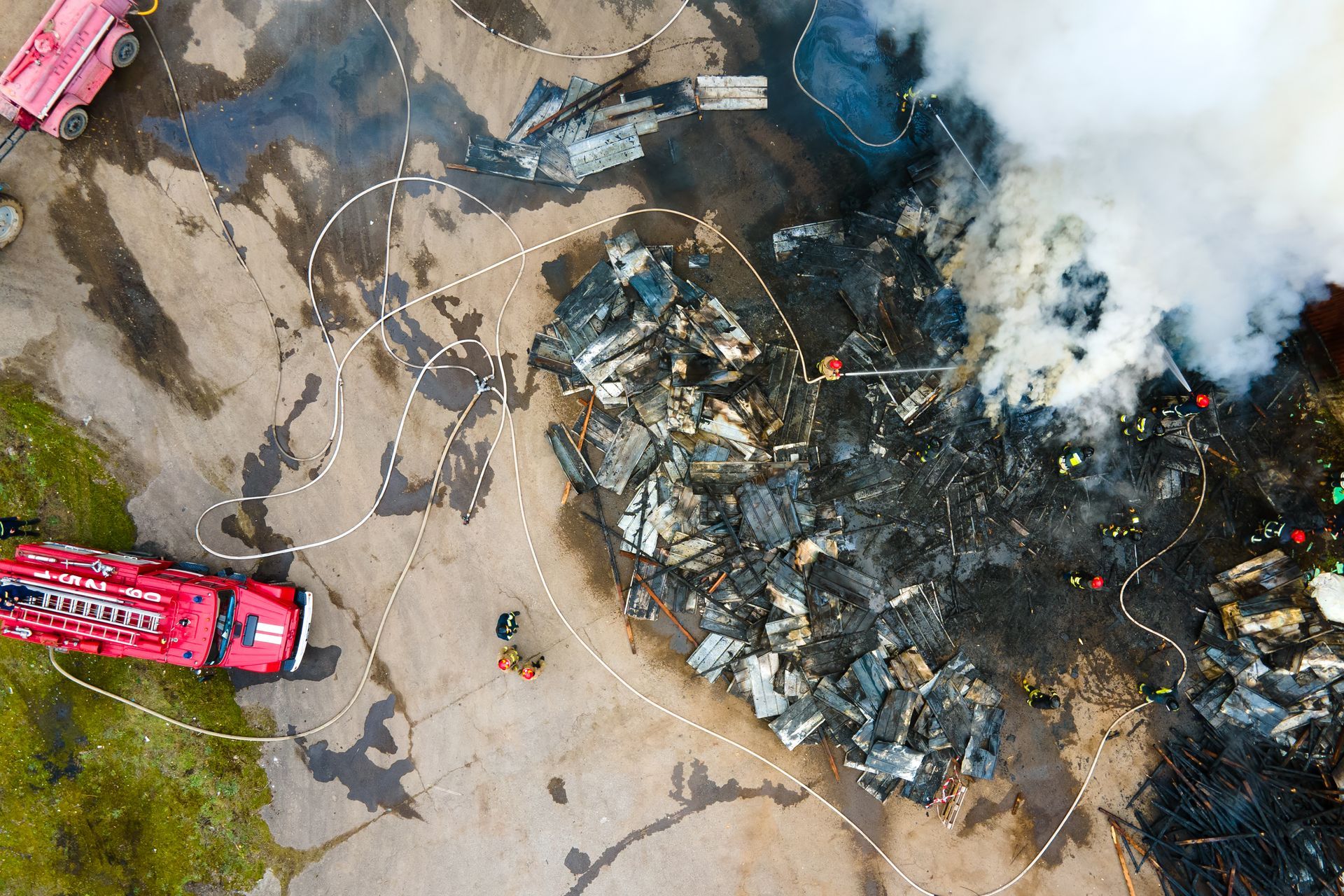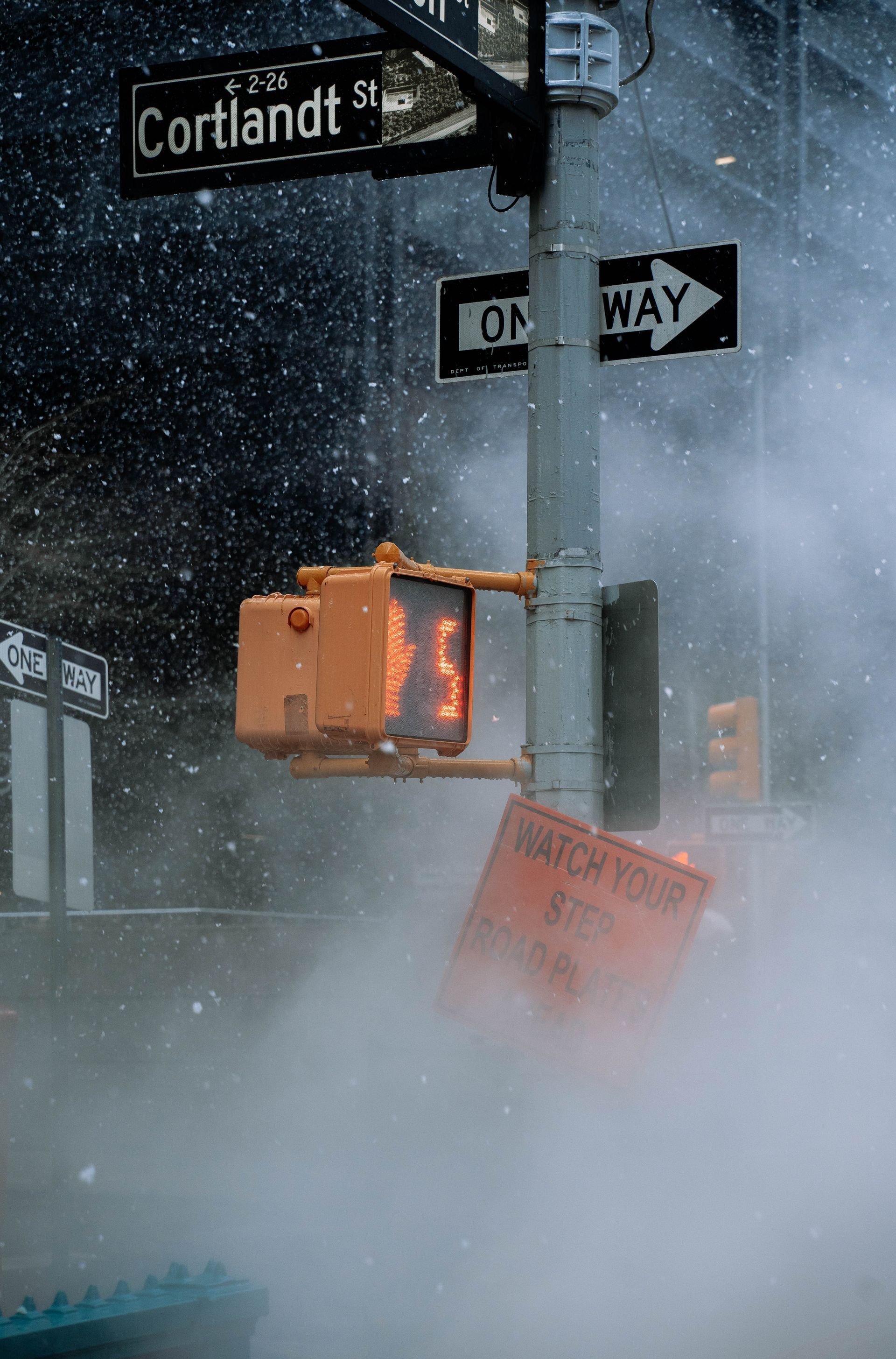Paul Davis Blog and Company News
Find a Paul Davis Near You
With 65 locations across Canada and over 300 throughout North America, Paul Davis is always nearby. Our expert restoration specialists are dedicated to restoring your home or property to its pre-damage condition.
For immediate help: 1-800-661-5975



